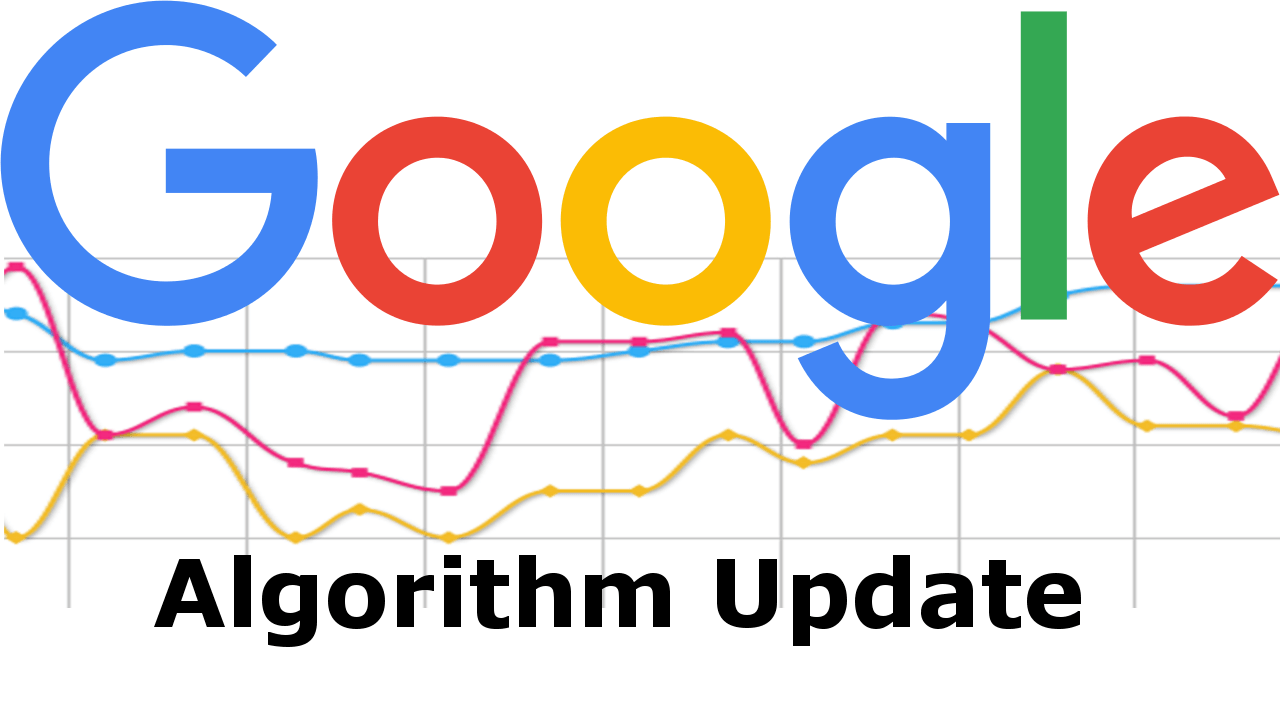Understanding Google’s Search Ranking Algorithm: A Look at Recent Weekend Updates and Volatility
Google’s search ranking algorithm is a remarkable, dynamic tool, continuously improving and refining its methodology to present users with the most relevant search results. In this in-depth review, we delve into the recent updates and volatility of Google’s ranking algorithm to offer a complete understanding of the changes and what they mean for SEO strategies.
What is Google’s Search Ranking Algorithm?
Google’s search ranking algorithm is an intricate system used to retrieve data from its vast search index to instantly deliver the best possible results for a query. This algorithm relies on numerous factors, including relevance, quality of content, and the number of links pointing to a page.
Notable Recent Updates in Google’s Algorithm
There are times when Google rolls out major updates, which significantly impact search rankings. We’ll examine the most notable ones from recent times.
The Core Web Vitals Update
One of the major updates in the past few years is the introduction of Core Web Vitals to the ranking algorithm. These metrics focus on user experience, including the speed of loading, interactivity, and visual stability of a page.
The BERT Update
Google’s BERT (Bidirectional Encoder Representations from Transformers) update was another significant milestone. This technology enables Google to better understand natural language processing, thus improving its understanding of the context and intent behind a search query.
Understanding Google’s Algorithm Volatility
Algorithm volatility refers to the frequency of changes in the ranking of websites on Google’s SERP (Search Engine Results Pages). Volatility is not a bad thing in and of itself; instead, it represents Google’s attempts to improve the relevance and quality of search results.
Adjusting SEO Strategies in Response to Google’s Algorithm Updates
Given the continuous changes in Google’s algorithm, it’s vital to stay informed and adjust SEO strategies accordingly. Here are a few key points to consider:
Focusing on High-Quality, Relevant Content
In light of Google’s recent updates, the need for high-quality, relevant content is more important than ever. Google’s focus on understanding search intent means that keyword stuffing is less effective, replaced by contextually rich content.
Enhancing User Experience
As indicated by the introduction of Core Web Vitals, Google is increasingly prioritizing user experience. Enhancing site speed, mobile-friendliness, and overall design can positively affect a site’s ranking.
Building Quality Backlinks
Backlinks remain a critical ranking factor. However, the quality of links matters more than the quantity, making it important to focus on obtaining links from reputable, relevant sources.
In conclusion, understanding Google’s search ranking algorithm and its updates is crucial for formulating effective SEO strategies. By focusing on providing high-quality, relevant content, improving user experience, and building quality backlinks, it’s possible to adapt and thrive amidst the algorithm’s volatility.
Navigating the SERP Landscape
The Search Engine Results Page (SERP) landscape has been reshaped significantly by Google’s algorithm updates. It’s no longer enough to solely focus on achieving the top rank. Now, a website’s visibility and click-through rate (CTR) are influenced by a myriad of SERP features, including:
- Featured snippets
- Local packs
- Knowledge graphs
- People also ask boxes
Featured Snippets
Featured snippets have become a mainstay in SERPs. They highlight concise answers to user queries, presented at the top of the results. Crafting content that directly answers common queries in your field can increase the likelihood of being featured in these snippets.
Local Packs
For businesses operating in specific localities, Local Packs are key to visibility on SERPs. Ensuring your business’s details are updated and consistent across the web can enhance your chances of appearing in these packs.
Knowledge Graphs
Google uses Knowledge Graphs to enhance its search relevancy by collecting and presenting data from various sources. While this feature is less controllable, having accurate, detailed, and linked content can improve your chances of being included.
People Also Ask Boxes
These dynamic boxes expand upon a user’s query with related questions and answers. They are a rich source of visibility, so ensure your content answers the broader context of queries, not just the specific keyword.
Harnessing the Power of Schema Markup
Schema markup is a form of structured data added to your website that helps Google understand your content better. It can significantly boost your SEO by improving the way your page displays in SERPs, enhancing click-through rates.
Different types of schema markup can be used, including:
- Organization schema
- Person schema
- Local Business schema
- Article schema
- Product and offer schema
Incorporating appropriate schema markup in your website code can enhance your SEO strategy, driving more organic traffic and higher ranking.
Conclusion
Google’s search ranking algorithm continues to evolve, bringing about significant changes to the SERP landscape. By understanding these changes, leveraging SERP features, and implementing tools like schema markup, businesses can stay competitive in this dynamic environment. Focusing on delivering high-quality, relevant content, enhancing user experience, and building robust backlinks remain pivotal to thriving amidst algorithmic volatility.




